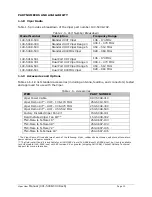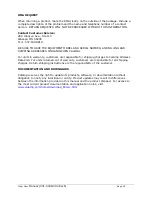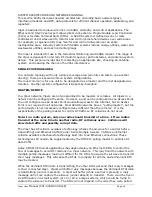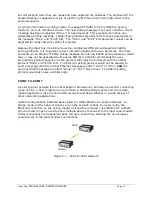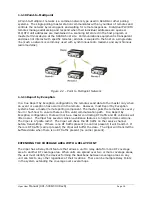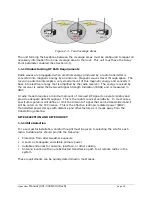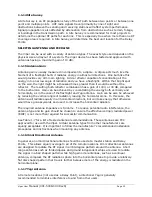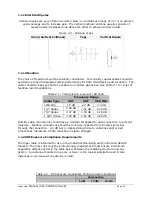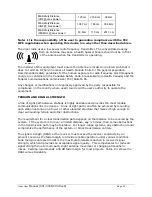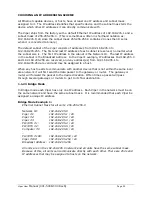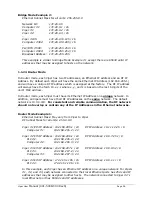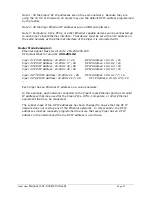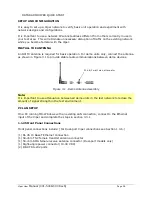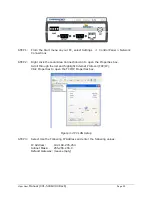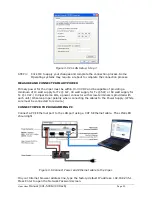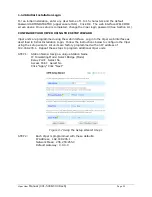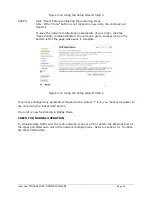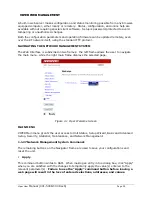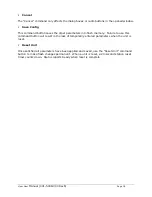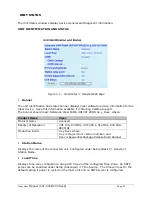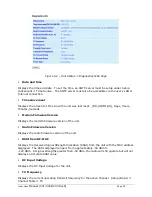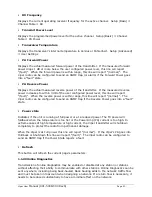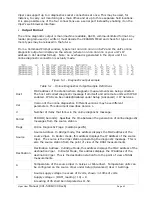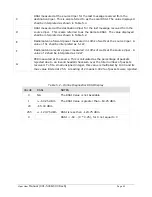
Viper User
Manual (001-5008-000 Rev6)
Page
27
Note 1: All the Vipers’ RF IP addresses are on the same network. Because they are
using the 10.0.0.0/8 network, all Vipers may use the default RF IP address programmed
by the factory.
Note 2: All the Viper Ethernet IP addresses are on different networks.
Note 3: Computers, PLCs, RTUs, or other Ethernet capable devices can be connected up
to each Viper’s local Ethernet interface. That device must be set with an IP address on
the same network as the Ethernet interface of the Viper it is connected with.
Router Mode Example 2:
Ethernet Subnet Mask for all units: 255.255.255.240
RF Subnet Mask for all units: 255.255.0.0
Viper #1 Eth IP Address: 10.200.1.1 / 28
RF IP Address: 10.0.0.1 / 16
Viper #2 Eth IP Address: 10.200.1.17 / 28
RF IP Address: 10.0.0.2 / 16
Viper #3 Eth IP Address: 10.200.1.33 / 28
RF IP Address: 10.0.0.3 / 16
Viper #4 Eth IP Address: 10.200.1.49 / 28
RF IP Address: 10.0.0.4 / 16
…
Viper #177 Eth IP Address: 10.200.12.1 / 28
RF IP Address: 10.0.0.177 / 16
Viper #178 Eth IP Address: 10.200.12.17 / 28
RF IP Address: 10.0.0.178 / 16
…
Each Viper has an Ethernet IP address on a unique network.
In this example, each network connected to the Viper’s local Ethernet port has 14 valid
IP addresses that may used for the Viper, PLCs, RTUs, computers, or other Ethernet
equipment that may be connected.
The subnet mask of the RF IP addresses has been changed to ensure that the RF IP
network does not overlap any of the Ethernet networks. In this scenario, the RF IP
addresses must be manually programmed to ensure that every Viper has an RF IP
address in the network and that no RF IP address is used twice.

